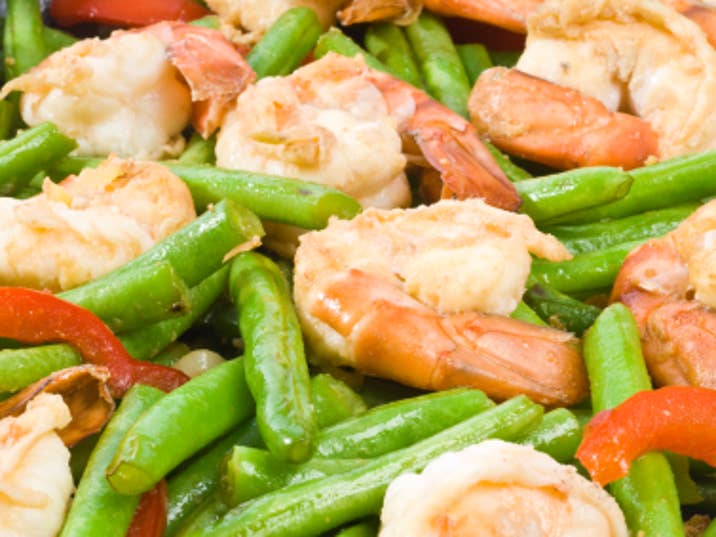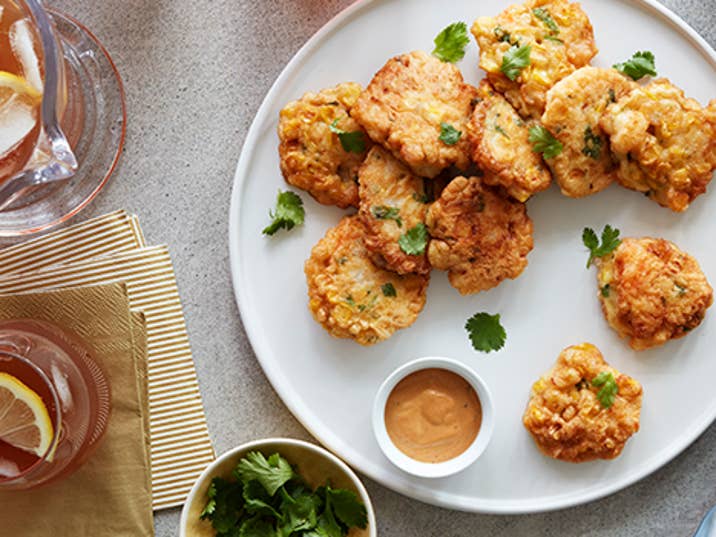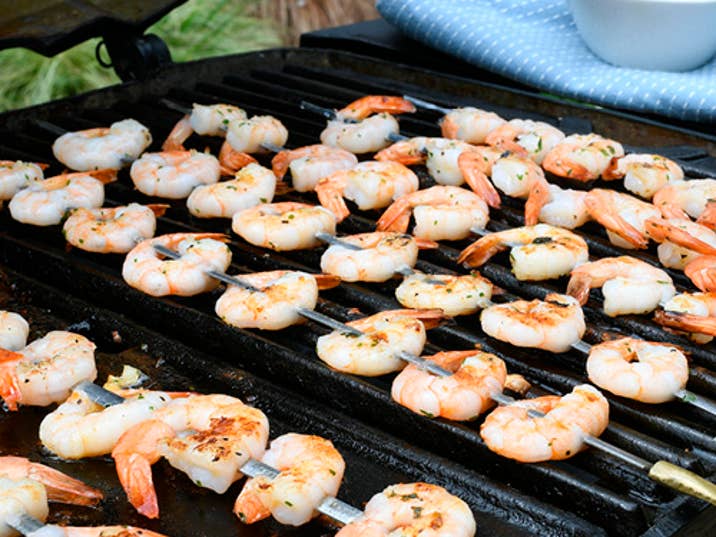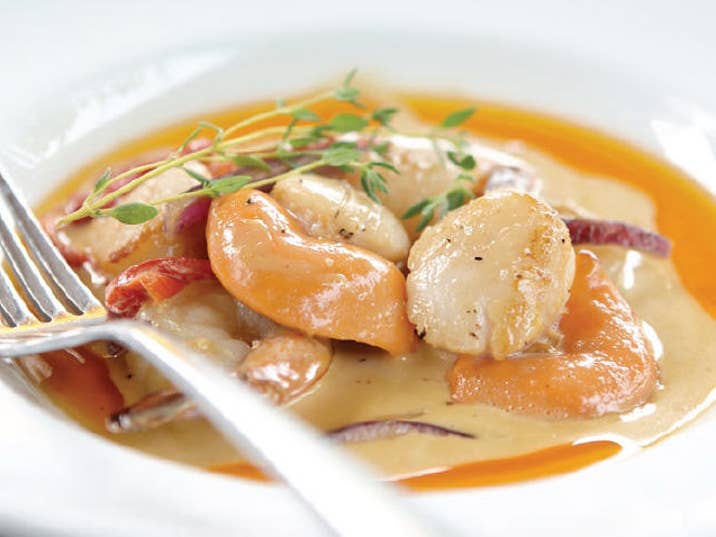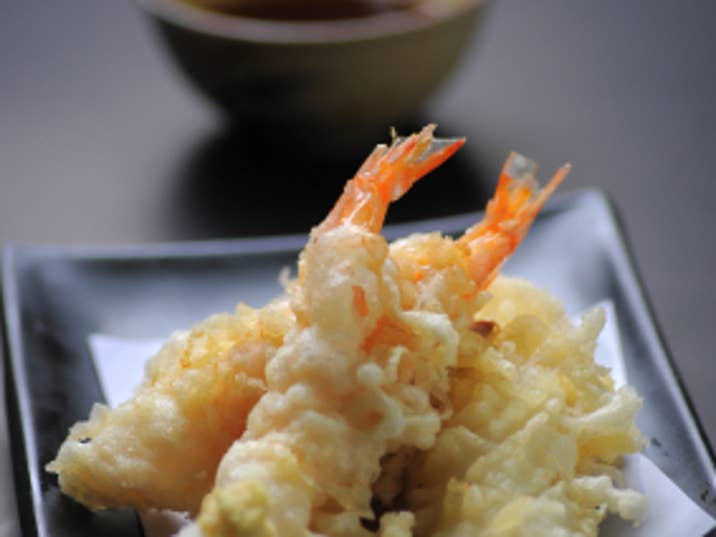How to cook prawns 6 ways
6 ways to cook prawns
Prawns and shrimp are an affordable, versatile seafood option that can get the fussiest of eaters loving shellfish. Here are our six favourite ways to serve prawns.
Prawns are a fantastic, affordable and healthy protein to keep in your freezer or cook fresh. These tasty little morsels are an easy substitute for any recipe where you might otherwise use diced chicken, and are perfectly at home on the BBQ, in a bright curry or battered and fried.
Prawns have a natural, slightly sweet flavour that pairs well with many other ingredients. There are countless ways to cook prawns and a huge variety of different flavour combinations to try out. Their tender texture makes them right at home in any delicate preparation, but they also take on flavour very nicely and work wonderfully in a curry or risotto.
For more seafood inspiration, you might also explore how to prepare and cook salmon, another versatile fish that Kiwi families love.
What are prawns (and are they different from shrimp)?
If you're looking for ways to cook prawns for dinner, you can easily swap out prawns for shrimp and vice versa. There’s very little flavour difference between the two, and the only notable difference when you’re eating is the size: shrimp are typically smaller than prawns.
Both shrimp and prawns can be cooked exactly the same way and are equally known for their quick cooking times. Because prawns are usually bigger, they may take a little longer to cook, but any change in cooking time will usually only be a matter of seconds.

Why you should be eating more prawns
Nutritional benefits of prawns
- Prawns and shrimp are both fantastic sources of whole, healthy protein. The Ministry of Health* reports 100 grams of shrimp contain approximately 21 grams of protein, and only 94 Calories.
- Like most seafood, shrimp and prawns contain Omega-3 fatty acids, which are crucial for your brain and eyes, as well as helping to fight inflammation.
- Other important nutrients like iron, vitamin B-12 and selenium can also be absorbed through prawns, according to Healthline*.
Pantry benefits of prawns
- You can buy prawns and shrimp with all the prep work done for you, saving you time in the kitchen.
- Prawns can be bought fresh or frozen. Frozen prawns are usually snap-frozen at sea, meaning they’re still super fresh by the time they reach you.
- Defrosting prawns takes next to no time at all, because each prawn is individually frozen and quite small. You can usually defrost prawns in 15-20 minutes, or just let them thaw in the fridge overnight.
- Because they can be defrosted so easily, prawns are a fantastic substitute for any meat. If you forgot to defrost your chicken overnight, for example, you can simply grab some shrimp from the freezer, thaw them and still serve a healthy delicious dinner on time.
Flavour
- Arguably the greatest benefit to eating prawns is that they’re undeniably tasty!
- Prawns and shrimp have a mildly sweet, buttery seafood taste, that is delicate but neutral enough to work with countless different flavour combinations.
- The texture of prawns is slightly firm on the first bite, but tender in the mouth.
- For picky eaters, a perfectly cooked prawn can be a great introduction to seafood, as it’s often compared to chicken with only a very gentle seafood smell.
How to shop for prawns and shrimp
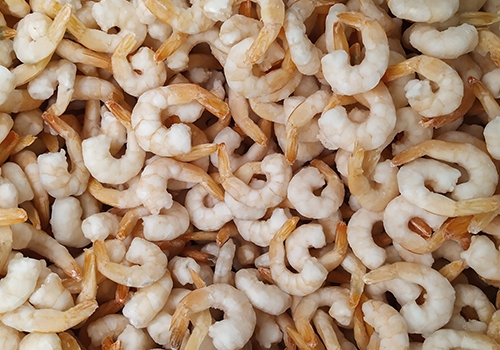
Should I buy prawns or shrimp?
Prawns and shrimp are easily interchangeable when it comes to flavour. They taste the same and are generally cooked the same way too. So which one is best for you? Usually, the deciding factor will be the recipe you’re cooking. If you’re planning to batter and fry your seafood, for example, you’ll probably prefer the larger prawns as they’ll take on batter more easily. Meanwhile, because shrimp are smaller, they’re perfect for finger foods when you’re entertaining and can easily be cooked in large batches.
Should I buy fresh or frozen prawns?
You can find frozen prawns and shrimp in the freezer sections at PAK’nSAVE. You’ll also find a range of unfrozen shellfish at the seafood counter. Whether you buy fresh or frozen just depends on when you plan to cook the seafood.
The prawns at the seafood counter are usually “Prefrozen”. That means they’ve been frozen at sea and have been defrosted in store so you can cook them right away. It’s best not to refreeze these prawns, as raw proteins tend to degrade when frozen twice. If you’re just planning to stock up your freezer so you have prawns on hand when you need them, go for a bag of prawns or shrimp from the freezer section.
Can I use precooked prawns?
Depending on your recipe, you might like to use precooked prawns or shrimp. These are available both in the freezers and the seafood counter at your local PAK’nSAVE. Precooked prawns are a great time saver and are just as tasty as when freshly cooked. We love using defrosted a few precooked prawns to throw into a fresh summer salad or stir through homemade fried rice until warmed.
What are prawn cutlets?
You usually have two options when buying prawns: whole prawns or “cutlets”. Whole prawns usually have their heads, tail, shell and “veins” fully intact. This means they require a little extra prep work before they’re ready to eat.
However, whole prawns are a popular option for anyone looking to stretch their prawns a little further. The heads, while usually not eaten, are full of flavour and create a great base for a soup, stock or chowder when boiled. Meanwhile, if you’re looking for prawns you can grab out of the freezer for a quick meal, you’ll want to choose prawn cutlets.
How to store prawns
From the seafood counter
Prawns and shrimp from your PAK’nSAVE seafood counter are usually prefrozen - you can check the label or ask the helpful team at the counter to be sure. Because they’re prefrozen, you shouldn’t freeze these prawns at home. Instead, pop them in the fridge when you get home and keep them chilled until you need them. Raw prawns can last up to three days in the fridge, or until the use by date specified on the price sticker. Of course, any raw protein is best eaten as soon as possible to ensure it stays as fresh and tasty as it can be.
From the freezers
If you’re buying frozen prawns from the freezer section, check the packaging for any storage guidelines and a best before date. Generally, you should get your frozen prawns back into the freezer as soon as possible when you get home, unless you intend to use them immediately.
How to prepare prawns for cooking
Preparing prawn cutlets
If you’re using prawn cutlets, all the prep work is already done for you. Usually the tail will still be intact, however. The prawn tail acts as a natural “handle” for finger-food style prawns and has a good bit of tasty meat inside. You can choose to leave the tail on, or pull it off before or after cooking. Some people enjoy eating the tails of shrimp and prawns, and there’s no harm in that, although usually this is done when the shrimp is deep-fried and crispy.
Preparing whole prawns
Whole prawns have a few pieces you usually want to remove before eating: the head, the shell and the “vein”.
- Start with the head. The head can be easily removed by holding the prawn at the base of the head and simply twisting and pulling.
- Remove the shell. Open the shell at the underbelly of the prawn, where the legs are, using clean hands. Pull the shell away from the body — it should come away easily.
- Devein the shrimp. The “vein” is the prawn’s intestinal tract, and needs to be removed before eating. Any whole prawn, raw or cooked, usually needs to be deveined. Simply run a small knife along the back of the prawn, then gently grab the vein, pull it out and discard.
If you like, you can hold on to the head and shell of the prawn and add them to a homemade stock base.
How to cook prawns
Once prepared, prawns are super versatile and can easily be cooked in any of the following ways:
Prawns and shrimp are both very quick to cook, so don’t take your eye off them while cooking them regardless of your method.
How to tell when a prawn or shrimp is cooked
A raw prawn starts out a pale grey colour and slightly translucent. As you cook your prawns, you should notice the colour changing and flesh firming up slightly.
Prawns don’t need long to cook at all — normally only a few minutes. So, keep an eye on them and remove them from the heat as soon as the prawns are a nice pink colour and no longer translucent. The more you cook prawns, the better you’ll be at telling when they’re ready, so keep on practising! A perfectly cooked prawn should have a bit of a bite, but very tender as you chew. If the prawn is rubbery or chewy, it’s probably a bit overcooked.
*References:The Ministry of HealthHealthline.
Top ways to serve prawns
Here are six fantastic ways you can cook prawns to impress a crowd or just plate up a healthy, affordable weeknight meal.
1 / 0
Looking for more?
The meal inspiration doesn’t stop here! Check out the full range of tasty recipes from PAK’nSAVE now.

